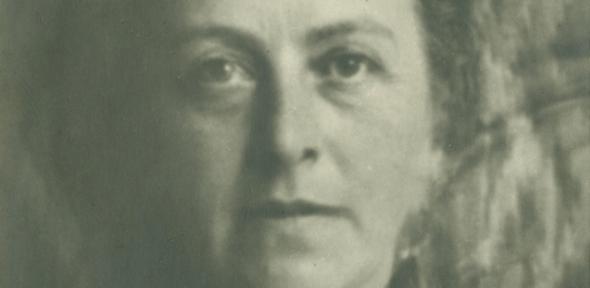Galton also devised a technique called “composite portraiture” (produced by superimposing multiple photographic portraits of individuals’ faces registered on their eyes) to create an average face. In the 1990s, a hundred years after his discovery, much psychological research has examined the attractiveness of these faces, an aspect that Galton had remarked on in his original lecture. Others, including Sigmund Freud in his work on dreams, picked up Galton’s suggestion that these composites might represent a useful metaphor for an Ideal type or a concept of a “natural kind” (see Eleanor Rosch)—such as Jewish men, criminals, patients with tuberculosis, etc.—onto the same photographic plate, thereby yielding a blended whole, or “composite”, that he hoped could generalise the facial appearance of his subject into an “average” or “central type”. (Wikipedia)
On galton.org, one can find an impressive listof fac-similes of Galton’s articles concerning composites and analytical photography.
The following image has been produced by the philosopher Ludwig Wittgenstein. The image is made by overlaying the faces of his three sisters and his own.
Michael Nedo, Keeper of the Wittgenstein Archive, interviewed at the occasion of an exhibition exploring Wittgenstein’s experiments in photography explains:
Wittgenstein had little interest in genetics, but he did have a love of photography, and employed the same technique some 50 years later, with a very different purpose. “Galton was aiming for enhanced sharpness and clarity […] Something which you could not see in an individual picture, but if you superimposed a number of pictures then it would become clear. Wittgenstein was aiming for different clarity expressed by the photography of fuzziness.”
Wittgenstein said of Galton’s photography that it was “the picture of a probability… what one glimpses”. Nedo considers this statement to be key when looking at Wittgenstein’s own experiments in this kind of photographic composition, Galton tried to force an explanation from what Wittgenstein saw as merely the briefest of descriptions.
“A photograph is a frozen moment, outside time. As Wittgenstein says it is ‘a probability’, not ‘all probabilities’, what one sees in the blink of an eye. But if you keep your eyes open you will see things move and change, nature as a dynamic event, and it is this constant changing that creates fuzziness on one hand but clarity on the other, because if you only glimpse then you exclude all other aspects, you have no greater clarity, you are blinkered.”
“Galton wanted to work out one probability, whereas Wittgenstein saw this as a summary in which all manner of possibilities are revealed in the fuzziness.”
Read more: http://www.cam.ac.uk/research/news/wittgenstein%E2%80%99s-camera

